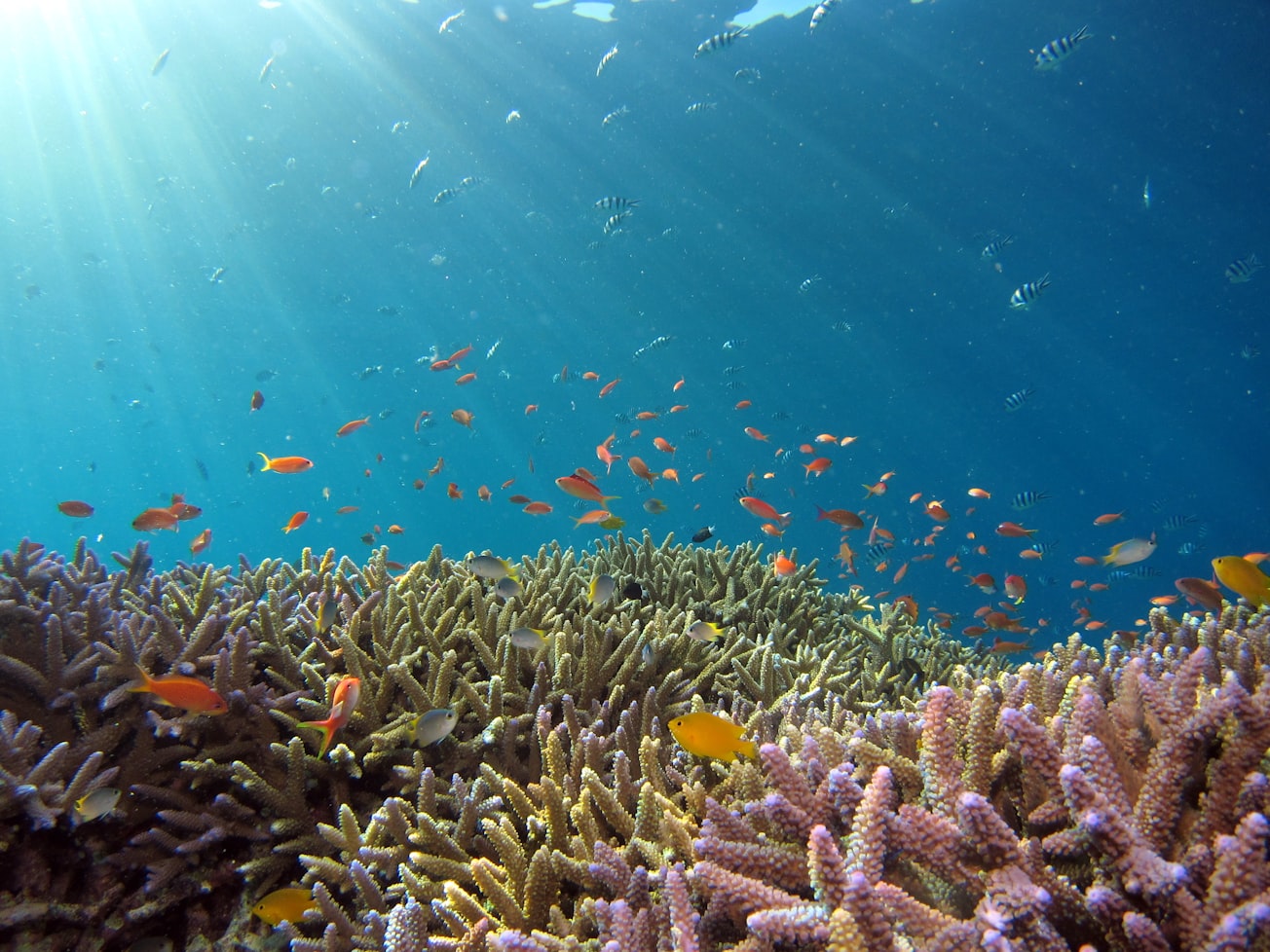What is it about?
This study assesses the willingness to pay for coral reef conservation in Japan. • Conducted an online discrete choice experiment with 10,573 respondents. • The type of information and visuals provided had an effect on willingness to pay. • Concise or detailed information with text and static images about coral reefs increased WTP by 11.7–19.1%. • Providing video information, however, decreased the WTP by 4.9–7.0%.
Featured Image

Photo by Hiroko Yoshii on Unsplash
Why is it important?
This is the first study to demonstrate that the information provision affect willingness to pay (WTP) for coral conservation by the nationwide survey.
Perspectives
Overall, the authors assumed three potential reasons for the lowest WTP in VIDEO audience: 1) insufficiency of textual explanation, 2) lack of a schema, and 3) too long duration time.
Kohei Takenaka TAKANO
Nagano Environmental Conservation Research Institute
Read the Original
This page is a summary of: Valuation of coral reefs in Japan: Willingness to pay for conservation and the effect of information, Ecosystem Services, August 2020, Elsevier,
DOI: 10.1016/j.ecoser.2020.101166.
You can read the full text:
Resources
Coral reefs under environmental change and their conservation measures
A two and a half minute video with music, 200 words and 19 photographs in 23 slides to explain coral reefs
A schematic diagram explaining multiple stressors that affect coral reefs
This schematic image was used in the SHORT and LONG explanation but not in the VIDEO explanation.
Video is not always effective in science communication
Audiences shown a video about coral reefs had less willingness to pay (WTP) for conservation than when shown a slideshow of texts and photographs. The findings suggest the importance of the type and amount of information used in science communication.
環境保全への協力意識に情報提供が与える影響を評価 ―寄付してもよいと思う金額は、文章と図表で情報提供すると12~19%増加、動画で情報提供すると逆に5~7%減少―
● 全国の約1万人にインターネットアンケートを行い、気候危機などに直面する沖縄のサンゴ礁の保全について、仮想の保全対策と寄付金額の組合せを複数回選択してもらった ● 簡略な説明と詳細な説明を提供した場合は寄付してもよいと思う金額(支払意志額)が12~19%増加した一方で、動画の説明を提供した場合は逆に5~7%減少した ● これらの結果は気候危機対策など環境保全への協力を呼びかける際に提供する情報の量や提供方法の重要性を示唆 ● 新型コロナウイルス感染症の様に複雑な問題に対応すべく行動変容を促す場合など、科学コミュニケーションを始めとするあらゆる分野に共通する有用な知見が明らかに
Coral reefs surrounding Kuroshima (Okinawa, Japan)
Coral reefs in Okinawa account for more than 90% of the coral reefs in Japan, but are suffering from environmental change. CREDIT: Center for Environmental Biology and Ecosystem Studies, NIES, JAPAN
Contributors
The following have contributed to this page







